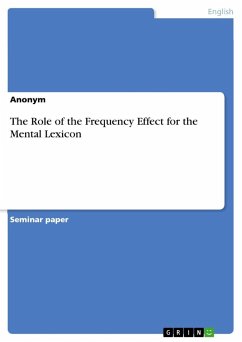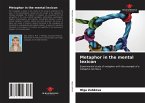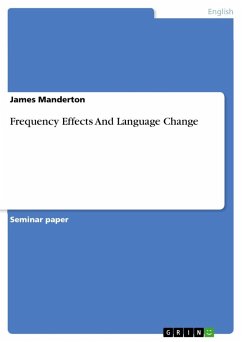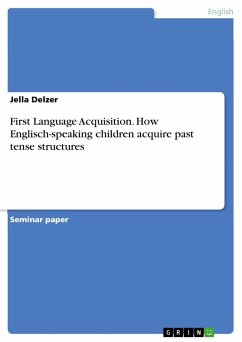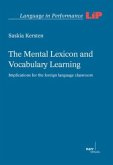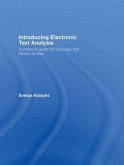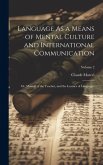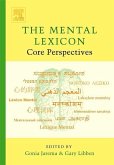Seminar paper from the year 2021 in the subject English Language and Literature Studies - Linguistics, grade: 1,7, University of Mannheim (Historisches Institut), course: PS The Mental Lexicon, language: English, abstract: This term paper is based on Clahsen and Neubauer (2010). First of all, I will summarize and explain the two experiments of the paper, discuss the results and analyze the role that frequency effects play in their study. The focus will be on the unprimed lexical decision task. In a second step, the results and the significance of the frequency effect in Clahsen and Neubauer (2010) are compared with other research findings. Discussed scientific papers are Brysbaert et al (2011), Coltheart (2006) and Taft (1979). In the last point, I will combine the different perspectives on our topic and come to a final assessment for the importance of the frequency effect in the context of the mental lexicon and psycholinguistic research. The frequency effect is a really interesting psycholinguistic phenomenon. It is considered as highly significant and plays an important role in linguistic research. However, some controversy come with the interpretation frequency effects. Even if it is a robust result and the significance cannot be denied, not everything can be explained with the frequency effect. The reason for this will be discussed by analyzing Clahsen and Neubauer (2010) and other psycholinguistic studies. The mental Lexicon is a highly discussed linguistic field with vivid academic research. It is a very complex field and scientists have only just begun to develop models that describe the mental lexicon. Numbers illustrate how efficient and powerful the human mental lexicon works: According to Radford et al. (2009), about 30,000 words are stored in the average mental lexicon of a native English speaker. Even more impressive is the decision rate with one word every 200 ¿ 400 ms without making many mistakes. One example of a main research controversy about the mental lexicon is the decision making when recognizing a word and the related processes. Possible linguistic models that explain these decisions and processes are the serial-autonomous approach and the parallel-interactive approach. While the serial-autonomous approach assumes that all decisions are taken in a certain sequence, the parallel-interactive approach claims on the contrary that all the necessary information for decision making is available at any point of the process (Radford et al., 2009).
Hinweis: Dieser Artikel kann nur an eine deutsche Lieferadresse ausgeliefert werden.
Hinweis: Dieser Artikel kann nur an eine deutsche Lieferadresse ausgeliefert werden.

